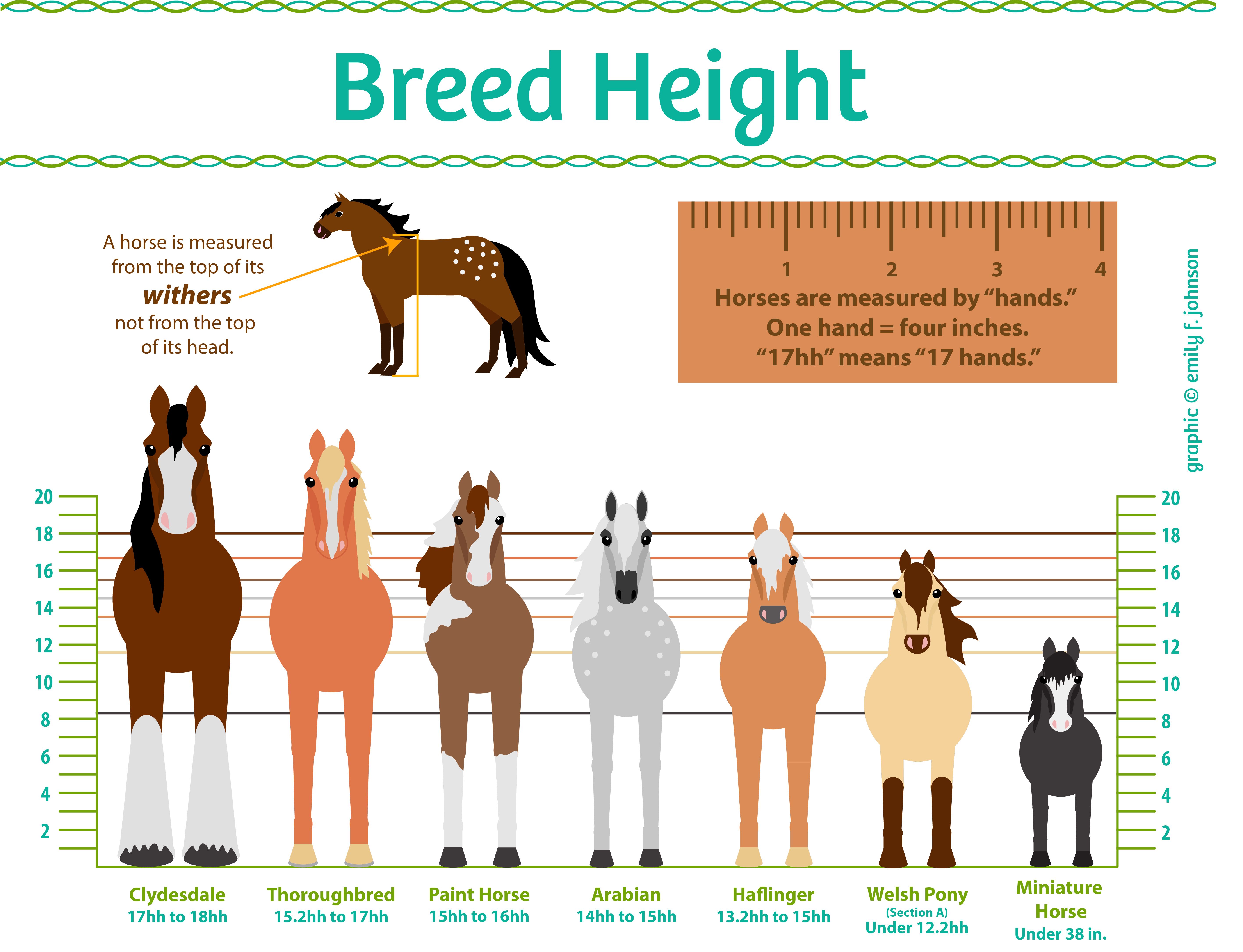Unveiling the Weight of a Baby Horse: How Much Do They Weigh?
In the realm of equine wonders, the arrival of a baby horse, known as a foal, is a sight to behold. Whether you're a seasoned equestrian or simply captivated by these majestic creatures, you might find yourself wondering, "How much does a baby horse weigh?" The weight of a foal is a fascinating aspect of equine biology, reflecting both the natural growth process and the uniqueness of each breed. In this article, we embark on a journey to explore the weight of baby horses, unraveling insights into their development and the factors that influence their size.
1. The Miracle of Foal Birth
Before we delve into the specifics of weight, it's important to appreciate the miracle of foal birth.
Witnessing the arrival of a foal is a remarkable experience, characterized by the wonder of new life and the strength of the mother as she nurtures her young.

how much does a baby horse weigh
2. Understanding the Initial Weight
A foal's weight at birth can vary depending on several factors, including the breed of the horse, genetics, and the health and condition of the mother.
On average, most foals are born with a weight ranging from 60 to 150 pounds (27 to 68 kilograms). This initial weight provides a foundation for their growth and development during the crucial early stages of life.
3. Factors Influencing Foal Weight
3.1 Breed Variation:
Different horse breeds exhibit various average weights for their foals. For instance, larger breeds like Clydesdales tend to have heavier foals compared to lighter breeds like Arabians.
3.2 Genetics:
Foal weight is influenced by the genetics of both the mother (dam) and the father (sire). Certain bloodlines may produce foals with specific size tendencies.
3.3 Nutrition and Health of the Dam:
The health and nutrition of the mother horse during pregnancy play a significant role in determining the foal's weight. A well-nourished mare is more likely to give birth to a healthier and appropriately sized foal.
3.4 Gestation Period:
The length of the mare's pregnancy, also known as the gestation period, can impact foal weight. Foals born closer to the full 11-month gestation period might be slightly heavier.
3.5 Multiples:
If a mare gives birth to twins or multiples, the individual foals are often smaller in size due to the division of resources within the mother's womb.

how much does a baby horse weigh
4. Growth in the Early Months
In the weeks following birth, foals experience rapid growth, gaining weight and developing strength.
During the first month of life, a foal's weight can increase by about 10-15% from its birth weight.
This growth is sustained by the mare's milk, which provides essential nutrients for the foal's development.
5. Nutritional Support and Development
A foal's diet and nutrition during its first few months of life are critical for healthy growth.
In addition to the mare's milk, foals might begin to nibble on solid food, such as grass and grain, as their digestive systems mature.
Proper nutrition ensures that foals develop strong bones, muscles, and overall body structure.
6. Transition to Adulthood
As foals continue to grow and mature, their weight will gradually increase.
By the time they reach their first birthday, foals can weigh anywhere from 400 to 800 pounds (181 to 363 kilograms), again depending on factors such as breed and genetics.
The weight of a baby horse, or foal, is a captivating aspect of equine life, reflecting the intricate interplay of genetics, nutrition, and natural development. From their humble beginnings as delicate creatures weighing just a few dozen pounds, foals undergo a remarkable transformation in the early months of life, setting the stage for their journey to adulthood. As you marvel at the sight of a foal exploring the world, remember that their weight is but a single facet of the intricate beauty that makes these creatures so beloved by equestrians and enthusiasts alike.